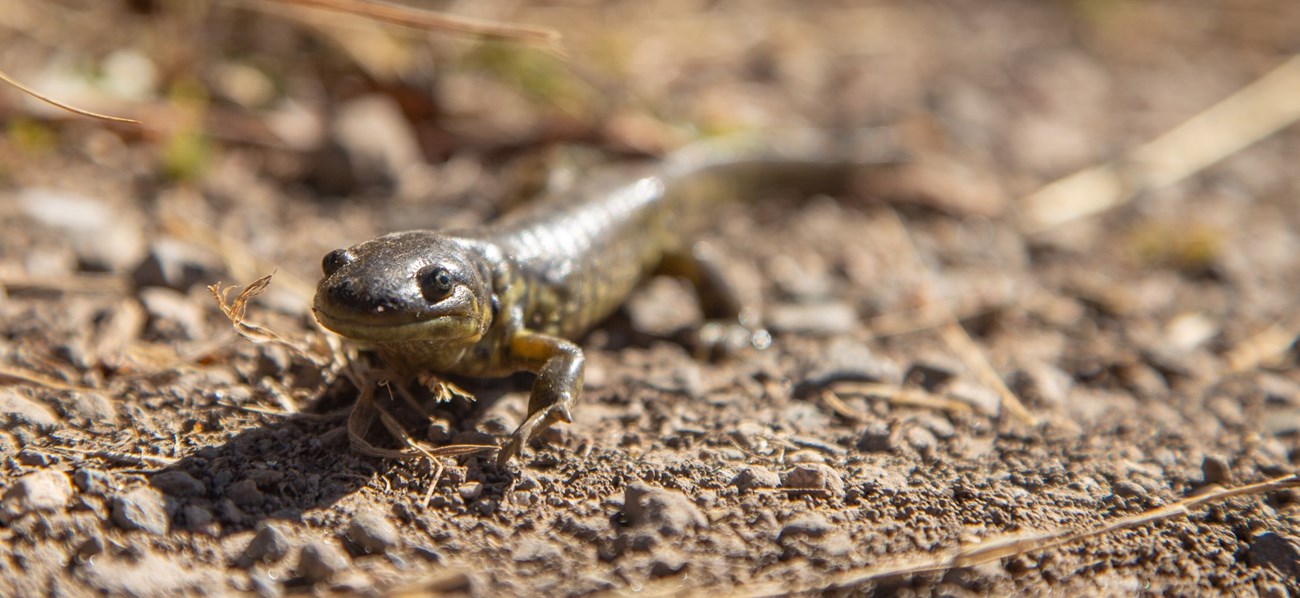
NPS Photo/Neal Herbert Lake Roosevelt National Recreation Area is known for its shoreline habitat, where water and land meet, making it a thriving home for amphibians. Frogs, toads, and salamanders can all be found in the park. Amphibians depend on water to lay their eggs, but may prefer water or land as an adult, depending on the species. Eggs ultimately hatch into larva, which eventually develop into adults. This process of developing limbs to walk and lungs to breathe outside of the water is known as metamorphosis. Frogs and Toads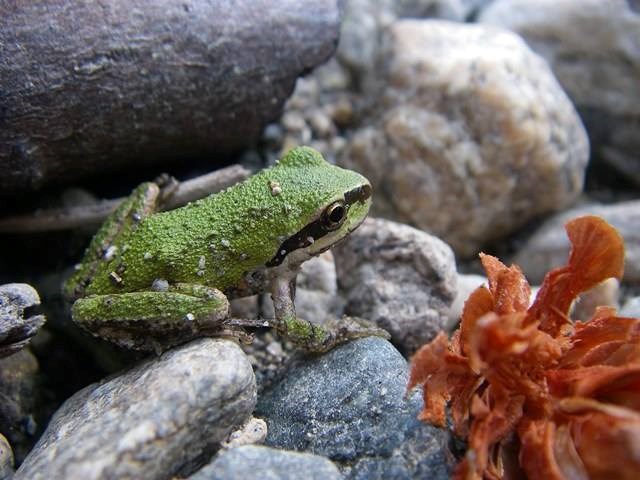
NPS Photo Pacific Tree FrogPseudacris regilla
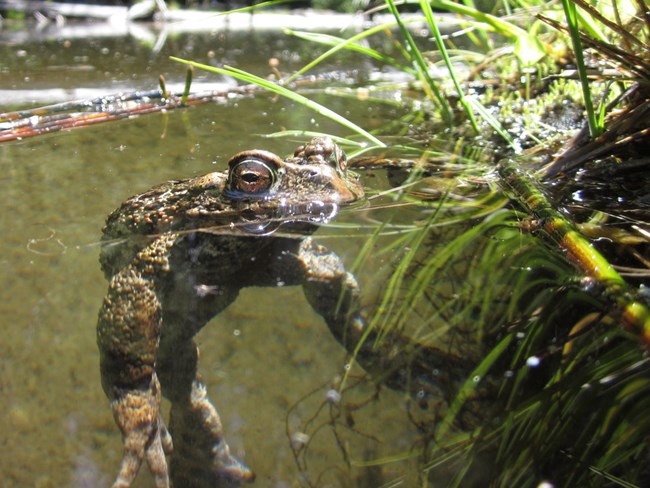
NPS Photo Western ToadAnaxyrus boreas
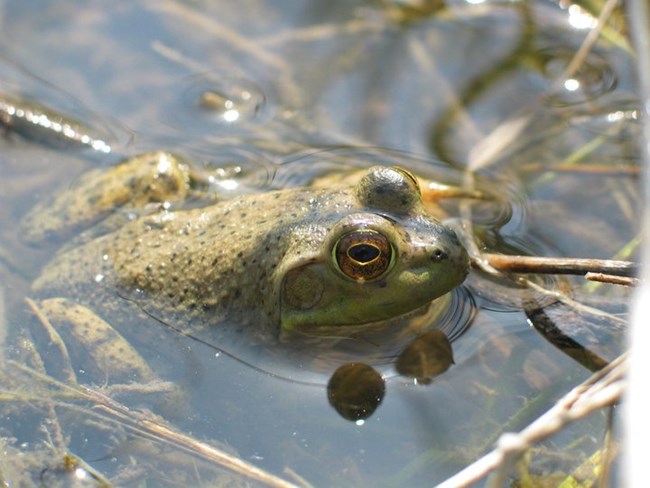
NPS Photo BullfrogRana catesbeiana
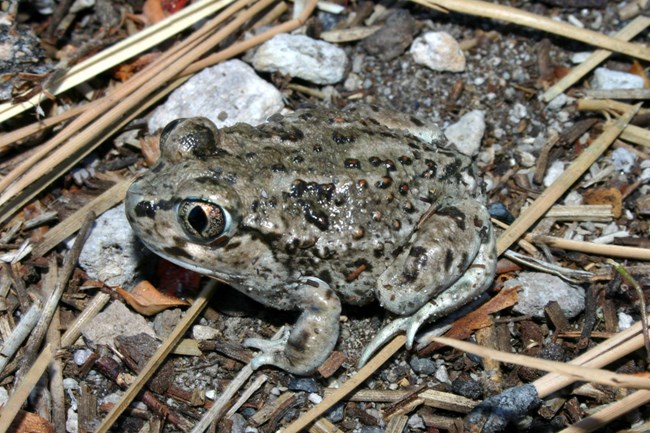
© William Flaxington Great Basin SpadefootSpea intermontana
Salamanders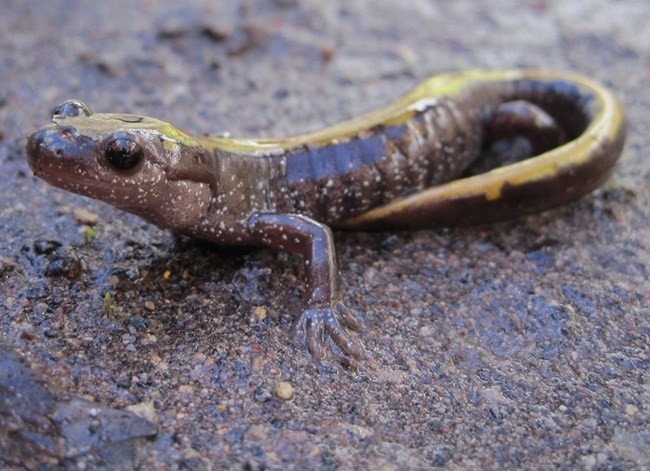
NPS Photo/S. Anderson Long-toed SalamanderAmbystoma macrodactylum
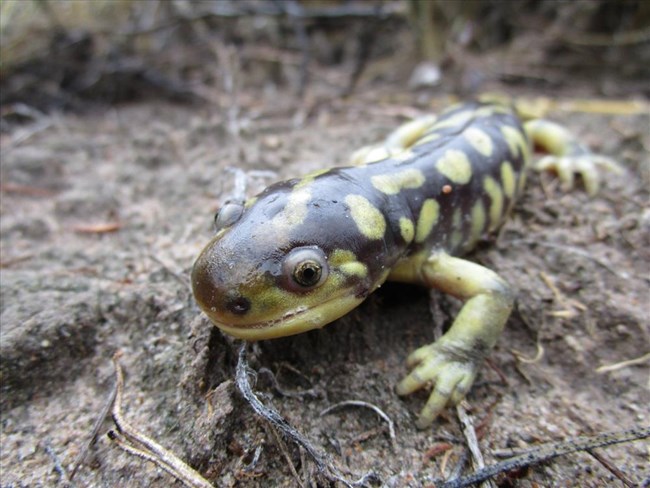
NPS Photo Tiger SalamanderAmbystoma tigrinum
|
Last updated: January 30, 2023
